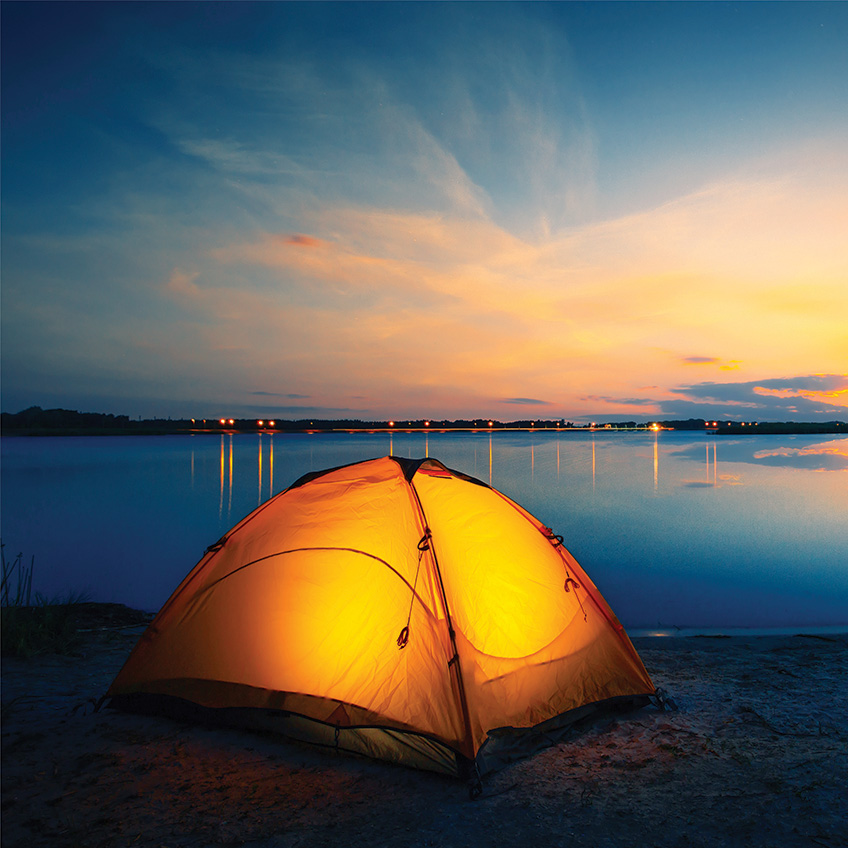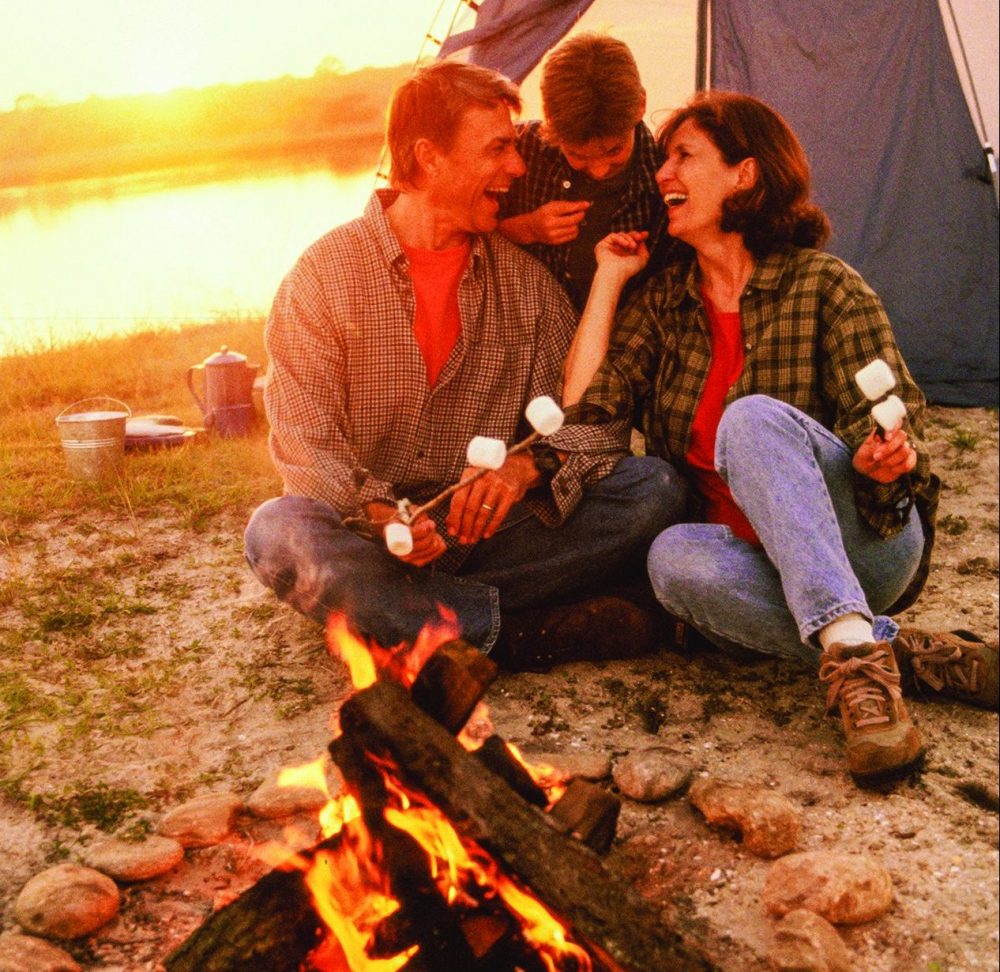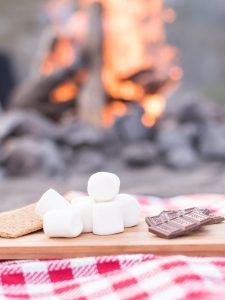Thousands of campsites litter the North American landscape, providing an opportunity for campers of all ages and interests to find a place to call home for a few days. Many campsites feature some spectacular scenery and other attractions that make them coveted spots to pitch a tent. Here’s a look at a few camping locations that boast incredible views.
• Bartlett Clove Campground, Glacier Bay National Park, Alaska: This remote and stunning campground offers views of crystal blue glacial water with a thick forest that surrounds the shoreline. Visit in the summer when the days are long and warm.
• Hanakoa Campsite, Napali Coast State Wilderness Park, Kauai, Hawaii: The Napali Coast is recognized as one of the most beautiful coastlines in the world, and camping here can feel like you’re camping in paradise. Cliffs, waterfalls and streams make this location picturesque.
• Garden Key, Tortugas National Park, Florida: Tortugas National Park is a remote series of islands which are accessible after a two-hour ferry ride from Key West. It offers a tropical camping experience under mangrove trees, sitting on the edge of beautiful blue waters. Lighthouses and historic forts are adjacent, while one of the world’s largest barrier reef systems can be steps from your tent.
• Jedediah Smith Campground, Jedediah Smith Redwoods State Park, California: If you’re intrigued by the opportunity to camp beneath towering, ancient redwoods, look no further than this campground. Camp among the natural beauty with plenty of solitude and space. It’s possible to spot black bear, river otters, bobcats, and other indigenous animals while traversing 20 miles of hiking trails.
• Buttle Lake and Ralph River Campgrounds, Strathcona Park, Canada: Visitors can behold the view from Golden Hinde, the highest peak on Vancouver Island, which towers at 7,210 feet. Also worth checking out is Della Falls, the highest cascade in Canada, which requires a multi-day excursion by boat and foot. Soaring mountain peaks, waterfalls and rivers also are accessible within these campgrounds.
• Assateague Island, Maryland National Seashore: The scarcity of tree cover on the island offers nearly unblemished views of miles of ocean. Campers can enjoy herds of wild horses and the siren’s call of the beach and ocean. While open year-round, late summer and early fall are the most comfortable time for camping.
• Watchman Campground, Zion National Park, Utah: This campground is surrounded by rocky peaks, juniper woodlands and massive sandstone cliffs. Bike trails along the Virgin River and other hiking opportunities help set this campground apart. Breathtaking sunsets also attract thousands of visitors to this area of the country.
Camping is made even more special when visitors spend time at a stunning campsite with awe-inspiring views.






